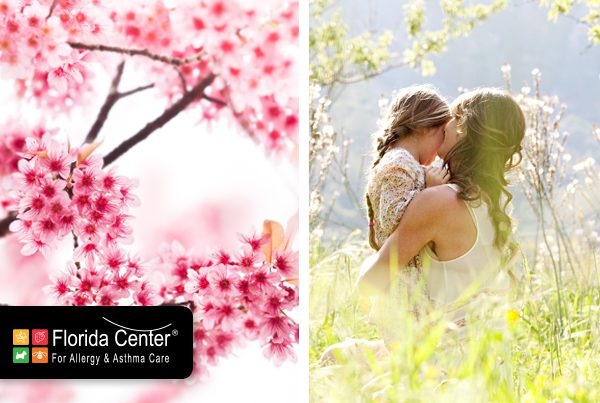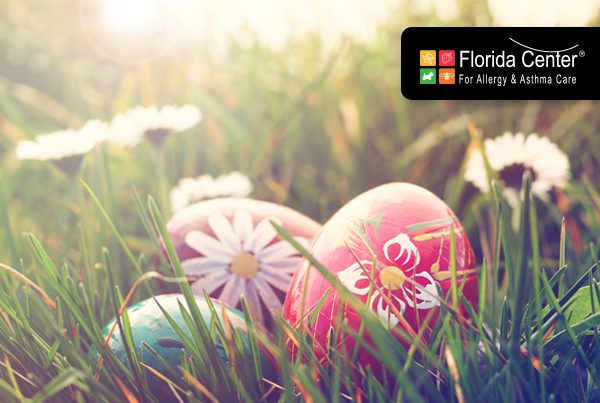Come March and blooming trees, picnics in the park, pastel colored fields can be as mesmerizing as an Impressionist painting or terrifying sources of allergy symptoms like puffy eyes, sneezing and sleepless nights.
Living in South Florida can make things a bit more difficult, since we are usually blessed or affected, depending on the point of view, by a spring season that is
- Longer: lately it has been starting in January, doubling pollination and juxtaposing winter pollens with spring ones;
- Erratic: it blends with winter and anticipates summer;
- Rainy: sudden unexpected rainfalls are becoming more frequent ;
Read along as you may find the answer to one of your many dilemmas.
These are the most common symptoms
- Recurring headaches and migraines;
- Fatigue and tiredness;
- Sneezing, cough, dry cough, nose congestion;
- Puffy and watery eyes, under-eye circles;
You may also be interested in ‘Spring: the trickiest season of all’.
These are the most needed answers
- The major culprits of spring allergies are pollen, grass and mold allergy.
- See an allergist. The first step to a healthier you is to consult an allergist, the specialist that will be able to investigate the triggers of those symptoms and create a personalized treatment plan tailored to your allergies.
- After you have a treatment plan, do not wait for symptoms to be at their worst before taking medications, as it will take them longer to help.
- Allergy shots (also called immunotherapy): if you are eligible for treatment, allergy shots are the healthiest route to reduce allergy symptoms, save money and improve quality of life. For a full description of how immunotherapy works, please read here (definition in our Glossary)
- Do not self-medicate. If we can give you a simple suggestion, self-prescribing any over-the-counter medication or deciding to buy one based on a Google search will only provide partial and temporary relief.
By now you must realize we are entering a season that can be as inclement as a winter snowstorm if you suffer from allergies.
Together with sticking with the treatment plan, there are extra tips and precautions that you can adopt and that will make you survive through the mid-season.
- Don’t open windows to limit incoming of any allergenic particle
- Avoid jogging or any outdoor activity between the hours of 5 a.m. to 10 a.m. when pollen peaks at its highest
- Don’t dry your clothes on the line in the backyard, it will collect pollen
- Avoid bringing clothing and shoes from outside in the house, in particular to the bedroom
- Be aware of Oral Allergy Syndrome (link of glossary here) also called pollen food allergy that can provoke a cross-reaction among pollen and similar proteins contained in some fruits, nuts and vegetables
- Use the right air filters
BONUS TIP
Since we are talking about spring, the following are some suggestions if you are traveling for spring break and you have food allergies.
- Packing your own snacks is the best course of actions, in particular when flying.
- When it comes to airlines regulations, check them in advance, read them carefully, call the airline to double check and even print them just in case while boarding you find a discrepancy with what you have read.
- We suggest you refer to Daniella Knell’s blog Smart Allergy Friendly Education, a food allergy advocate, mother of two children with food allergies and, not the least, a flight attendant.





